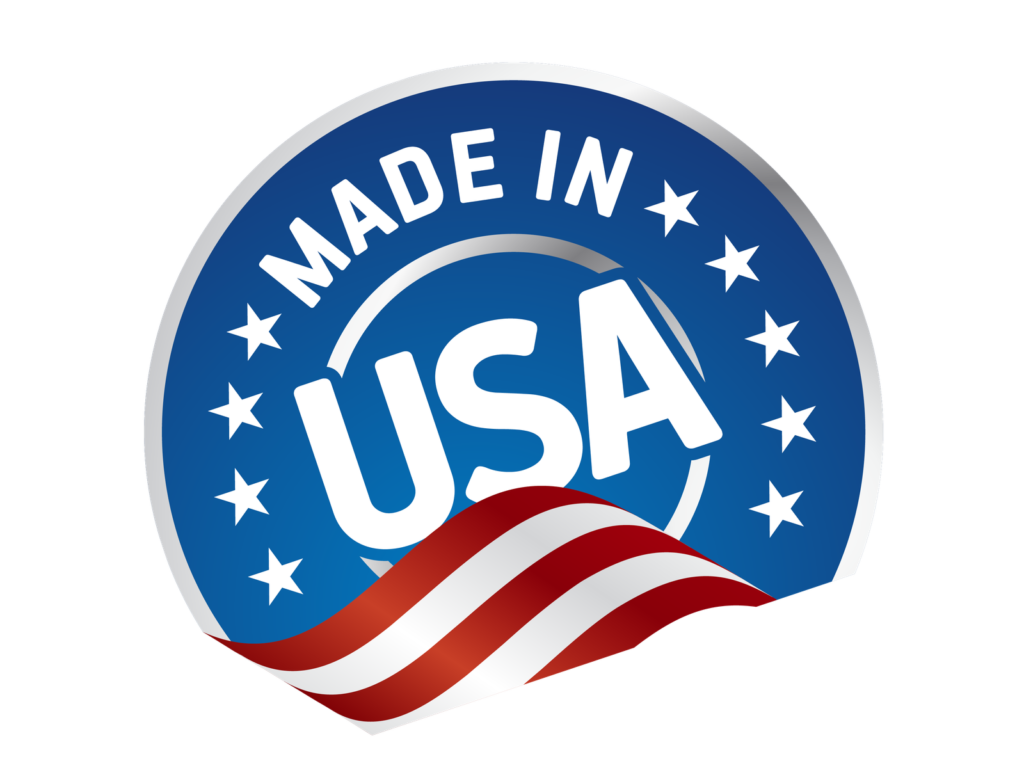President Trump based much of his 2016 campaign on the notion of bringing jobs, including manufacturing jobs, back home to America. The reason why this is even an issue is due to the fact that over the years there has been tremendous growth in the number of companies that have begun outsourcing their manufacturing abroad due primarily to the appeal of cheaper foreign labor and lower overhead costs.
If it truly is more cost effective to manufacture goods outside of the USA, then it’s reasonable for companies to want to take advantage of this opportunity. Sure it may mean fewer jobs in America, but it should also mean availability of goods at lower prices (assuming that the savings in production costs are passed through to prices for consumers) which is ultimately good for the American people.
What may be the real driver behind the push to bring manufacturing back to the USA is patriotism. It may sound cliche, but patriotism and love of country is truly something to consider when it comes to making manufacturing decisions. Today’s consumers care about where products they buy are made and under what conditions employees work. People are proud to see a “made in the USA” label because it makes them feel that they are helping to provide jobs for their fellow Americans and support the local economy. This is not a small consideration when it comes to the long-term viability and profitability of a company. After all, it is the consumers who decide whether a company will be successful or not.
At the end of the day, no matter how patriotic a manufacturer may be, a business decision really does need to be made based on the impact on the bottom line. So, let’s take a look at some of the issues that impact overall profitability and compare the situation in the USA to abroad:
The Truth About Costs
While it is a proven fact that labor costs are significantly less in many countries around the world than they are in the United States, there is evidence that the wage gap is shrinking. For example, it used to be that companies could see a 40-50% cost savings by outsourcing to India. That savings has shrunk to 10% – still a savings, but is it worth it? What ends up happening is that US companies move manufacturing there to take advantage of cheap labor, and by doing that, they invigorate the local economy leading to growth and ultimately a demand for higher wages.
Skilled vs. Unskilled Labor
As the saying goes, you get what you pay for. Sure it may be cheaper to employ people in foreign countries, but if the level of skill is too low to actually be productive than it’s counterintuitive to move manufacturing there. If highly trained and skilled workers are needed to produce a specific product, it may be worth investing more resources in paying for those workers in the United States rather than trying to get by with unskilled labor resulting in lower quality goods that do not lead to customer satisfaction.
Productivity
US factory workers are almost three times as productive as workers abroad. Due in part to increases in technology and automation that is more advanced in the United States, this huge difference in productivity goes a long way in counter-balancing any cost savings. In fact, 60% of manufacturers reported that their total manufacturing cost in the United States was less than it would be if they were to outsource abroad.
Tax Incentives
Although there are certain loopholes and incentives that make outsourcing attractive, there are also tax incentives and subsidies at the federal, state and local level in different places in the United States that reward businesses that choose to keep their manufacturing at home.
Proximity to Consumer
As Americans are the major consumers of all goods, it is logical and good business sense to keep production close to the main consumer market. This way, there’s significantly less transportation costs as well as time-savings in getting goods off the production line and directly in the hands of consumers.
Innovation and R&D
When a company decides to move its manufacturing overseas, the decision-maker may be looking at manufacturing as a stand-alone component of the company’s operations. The thought process is likely along the lines of – here is a good way to save money, let’s send this department overseas where labor is cheaper. But, in doing so, they are actually forgetting that production is, in some ways, merely an extension of the research and development process. And, that- especially in today’s day and age – there is a near constant flow of new ideas and innovation coming out of R&D departments. If the manufacturing plant is physically far away, it’s much harder and more complicated to introduce or test new innovations. If manufacturing remains in the United States, then companies can more quickly take advantage of new innovations and remain leaders in their fields.
Ease of Doing Business
At the most basic level, there is a comfort and ease in keeping all aspects of a business local. There are no cultural differences to contend with, no language barriers, and it’s much easier to keep a close eye on the business if its physical location is in proximity to the company headquarters.
Ultimately, companies will do the math and determine what makes the most sense based on all different factors that they deem relevant. But one should not assume that cheaper is better or that manufacturing abroad is, in fact cheaper.
Stay tuned for our next blog post which will discuss the other side of the argument and the upside of manufacturing abroad.


